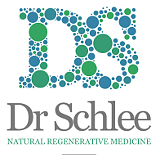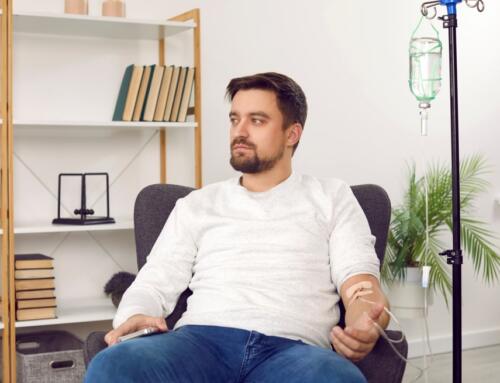Did you know that prolotherapy has been around since the 1950s? While this is an effective form of regenerative injection therapy that can help patients reduce pain and heal injuries, there are many questions and myths about prolotherapy. Patients want to know more about prolotherapy and how successful it is at treating pain. Here we aim to address some of the most common misconceptions, including the risks, the science, and the safety of prolotherapy injections.

Myth #1: Prolotherapy is risky
In comparison to surgery and other invasive procedures, prolotherapy is a relatively low-risk therapy. As a Naturopathic clinic offering prolotherapy in Calgary, we have patients opting for prolotherapy treatments as an alternative solution for their injury in lieu of surgery and other therapies. The solutions used in the therapy are also quite safe, and it is exceptionally rare that patients report any serious side effects beyond the most common issue post-injection – sensitivity or discomfort at the site of injection (common for any injection therapy).
Injections are applied to the problematic area using a proliferative solution, typically dextrose. The solution stimulates tissue repair and jumpstarts the body’s natural healing mechanisms. Prolotherapy solutions are tailored to encourage this reparative process, with the underlying philosophy behind its use being that the body has a remarkable ability to heal itself, and employing these solutions can accelerate the process of new tissue growth.
Myth #2: There’s not enough research to back the science
One of the biggest misconceptions regarding prolotherapy is that it lacks scientific evidence to back its effectiveness. In fact, there are hundreds of academic articles and research studies reporting the success of prolotherapy for a myriad of health concerns. Here are just a few:
- Prolotherapy for knee osteoarthritis
- Prolotherapy for chronic musculoskeletal pain
- Prolotherapy for chronic low-back pain
- Prolotherapy for Achilles tendonitis
Myth #3: Prolotherapy injections are painful
Patients typically describe injections as mild to moderately painful with some soreness for three to seven days, depending on the injection site and extent of treatment. Pain is quite tolerable, especially when compared to the alternative of surgery and recovery.
Myth #4: It takes a long time to see results
While everyone would love to see instant results, it does take some time for these prolotherapy treatments to procure results. However, we often see improvements within several weeks of therapy. Our prolotherapy patients in Calgary commonly report significant gains at four to six weeks after their last injection, progressively improving with each treatment.
With every appointment, we assess and reassess therapeutic progress, examining experiences, changes and results. And while this is the most common response we see with this therapy, the rate of progress is highly dependent on each individual’s health, injury and overall situation.
When we discuss the length of time for prolotherapy, patients often compare the results of surgery. Taking into account the rest and downtime, surgery may take significantly longer to recover from. Those who undergo prolotherapy treatments may be able to resume their activities, with some modification of limitations while therapy is ongoing.
Myth #5: Prolotherapy can cure all types of injuries and pain
Although we wish this were the case, prolotherapy treatments cannot cure all injuries, nor resolve all types of pain. A thorough assessment of the patient is required to determine whether prolotherapy is the right course of action. These examinations may involve laboratory testing, imaging, and/or other studies to identify the root cause of the issue. If it is determined that prolotherapy may be of benefit, it may be included within a treatment plan that incorporates exercise, nutritional optimization, and/or physical/manual therapies.









